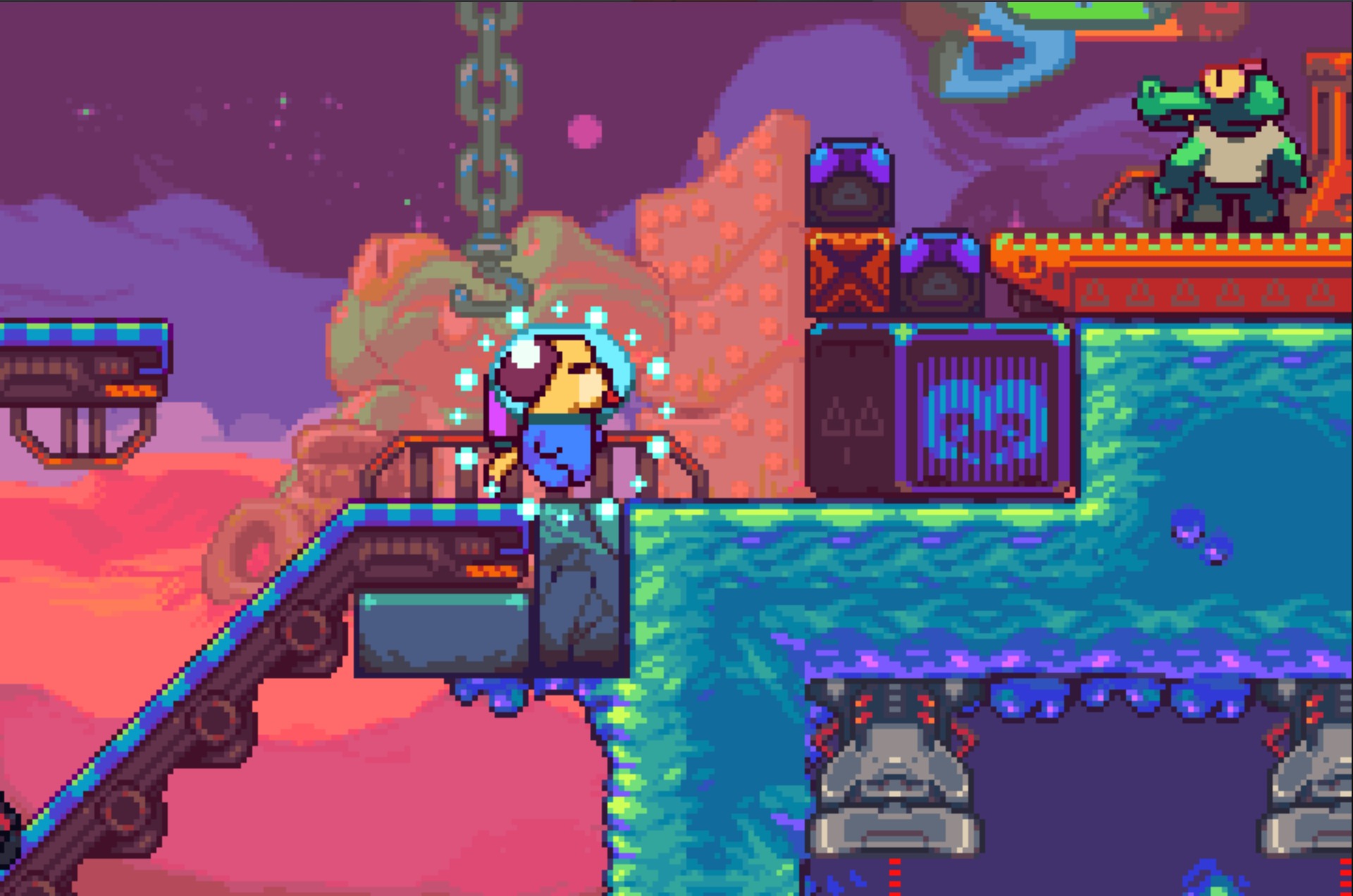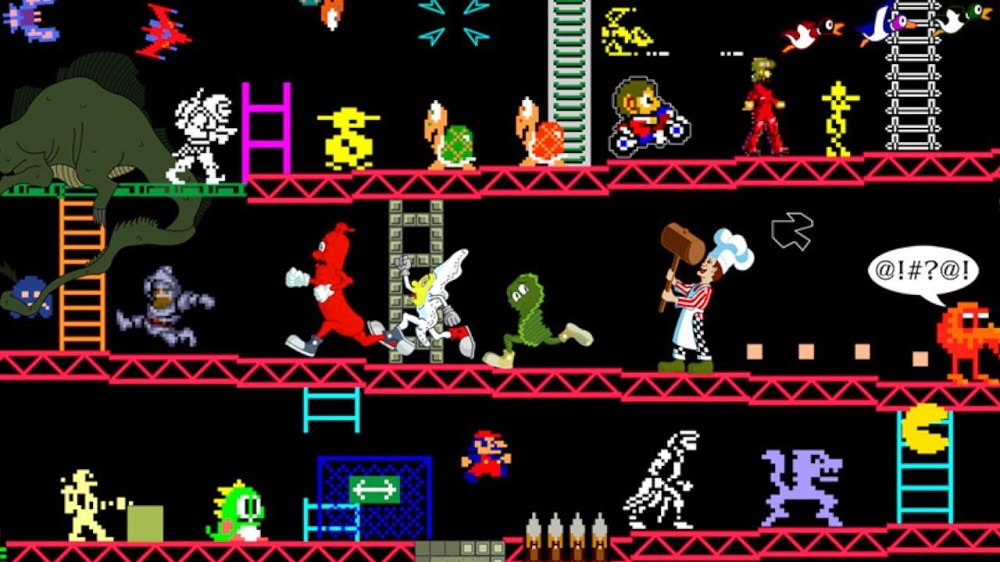Walk into any modern indie game store page, and you’ll see it — pixel art characters, 8-bit soundtracks, minimalist menus, and heartfelt storytelling. These aren’t accidents. They’re love letters to the golden age of gaming.
From Celeste to Shovel Knight, Undertale to Stardew Valley, modern indie developers draw inspiration not just from the mechanics of retro games, but from their spirit: the creativity born out of limitation.
At Oldies Nest, we’re exploring how retro games continue to shape modern indie development — proving that even in an era of 4K realism and photorealistic graphics, the pixelated past still beats strong in the heart of gaming.
Simplicity Breeds Creativity: Lessons from the 8-bit Era
In the early days of gaming, developers had little to work with — a few kilobytes of memory, simple processors, and limited color palettes.
Yet from those constraints came creativity that defined an entire industry:
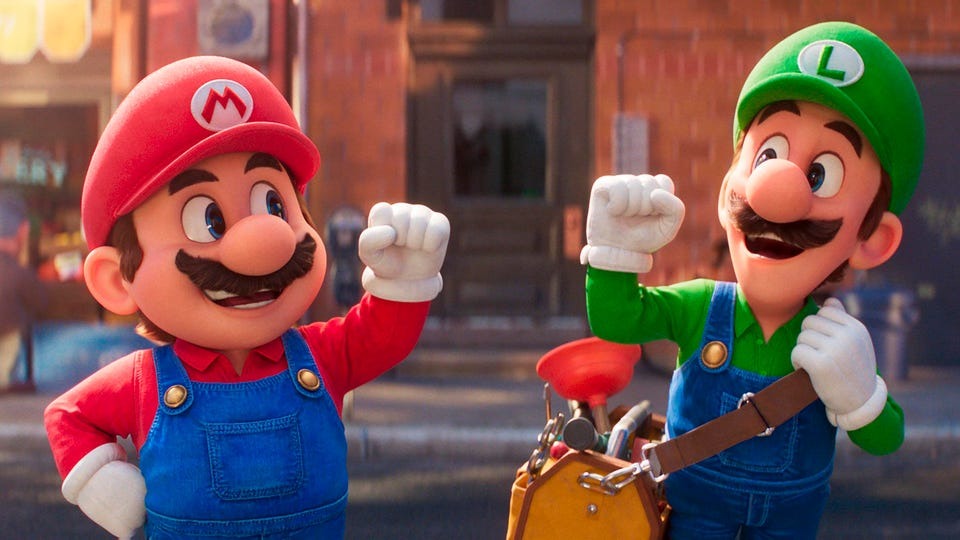
- Super Mario Bros. taught the world how to design flow and momentum.
- The Legend of Zelda invented open-world adventure within 128 kilobytes.
- Metroid pioneered atmosphere and exploration without a single line of dialogue.
Modern indie games, such as Celeste or Hollow Knight, follow this philosophy — using simplicity to focus on gameplay clarity and emotional depth, not technical flash.
This “less is more” approach, which we discussed in Pixel Art: A Lasting Legacy of Retro Gaming, shows how artistic restraint often sparks the most powerful experiences.
Storytelling Through Gameplay, Not Cutscenes
Retro games couldn’t rely on cinematic storytelling — there wasn’t enough memory for it. Instead, they told stories through mechanics, level design, and imagination.
In Metroid, isolation wasn’t narrated — it was felt through empty corridors and haunting sound design. In Mega Man 2, progress was communicated through visual change, not exposition.
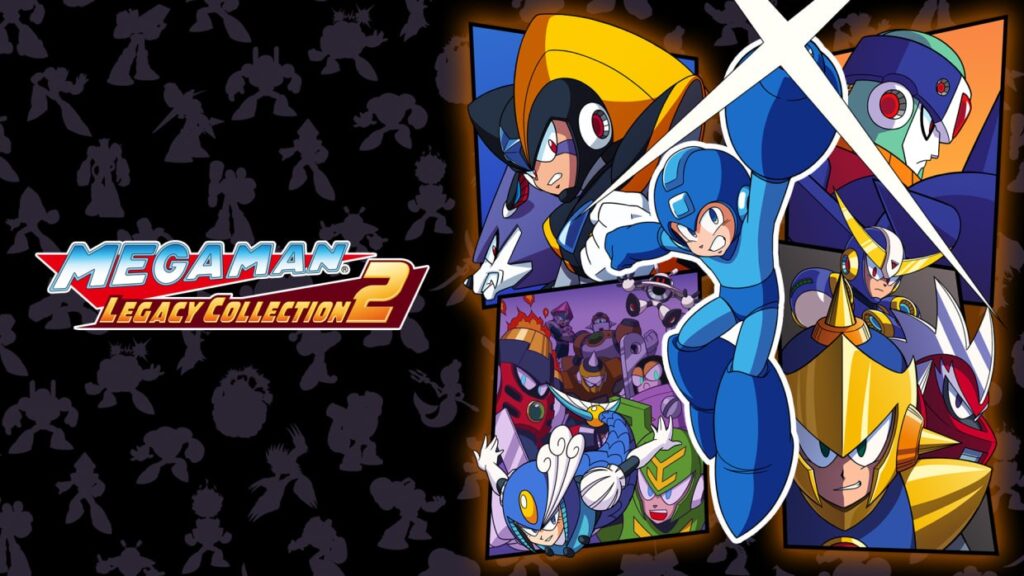
Modern indies like Hyper Light Drifter and Dead Cells revive that same environmental storytelling, allowing players to feel emotion through interaction. It’s minimalism with meaning.
As one developer famously put it: “Retro games didn’t tell you what to feel — they let you find it.”
The Return of Pixel Art and Chiptune Music
It’s impossible to talk about indie games without mentioning pixel art and chiptune soundtracks — two retro aesthetics reborn for a new generation.
Why Pixel Art Still Works
- Accessibility: Easier to create for small teams.
- Timelessness: Pixel art ages gracefully; realism doesn’t.
- Emotion: Simplicity forces imagination, letting players fill in the gaps.
Indie developers use these visuals not out of nostalgia alone, but because they offer creative freedom. Games like Stardew Valley, Celeste, and Eastward prove that pixel art can carry emotional storytelling just as powerfully as 3D realism.
The Sound of the Past, Remixed for Today
Chiptune music — those iconic beeps, pulses, and waves — is now a genre unto itself. Indie titles blend retro tones with modern production, bridging eras in sound and spirit.
As explored in The Music of Retro Games: Chiptune Power, these nostalgic melodies remind us that limitations once created identity — something many modern games still strive to achieve.
Indie Development as a Return to the Garage Spirit
In the 1980s, many games were made by one or two people working from home — the “garage developer” era. Titles like Tetris, Jetpac, and River Raid came from individual passion, not corporate pipelines.
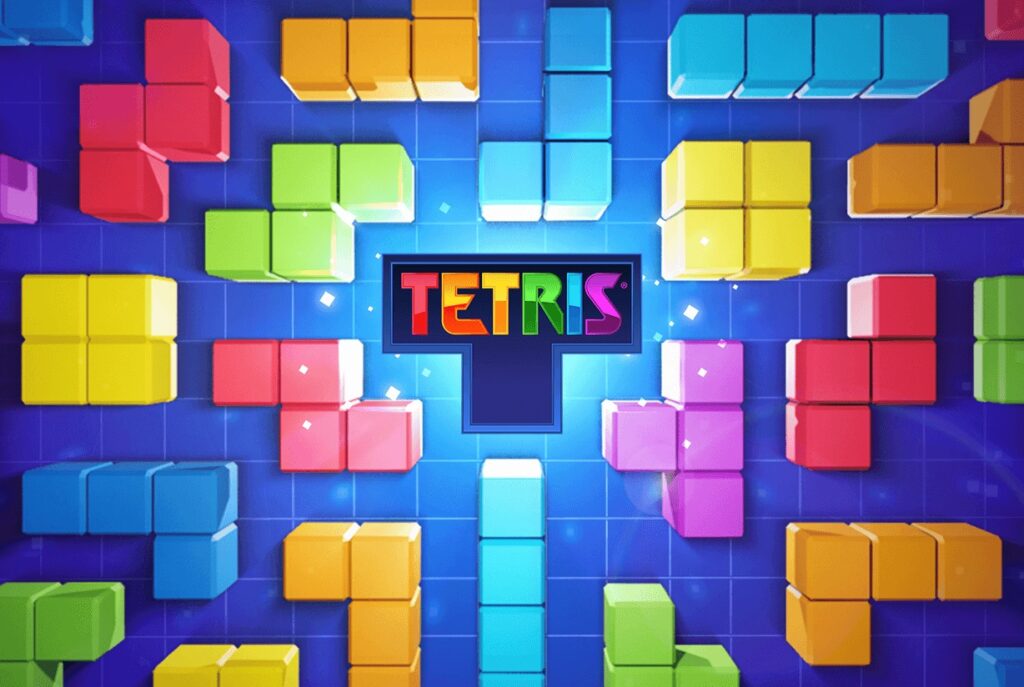
Fast forward to today, and indie studios echo that same DIY independence. Platforms like Steam, itch.io, and the Nintendo eShop have made it possible for solo creators to publish globally — just like the early bedroom coders of the 8-bit era.
Indie developers are, in many ways, the spiritual successors of retro pioneers like Gunpei Yokoi, who invented the Game Boy based on the philosophy of “Lateral Thinking with Withered Technology” — doing more with less.
That mindset remains central to both retro innovation and indie creativity.
Retro Design, Modern Emotion
Modern indies often take mechanical inspiration from retro games, but update them with deeper emotional resonance.
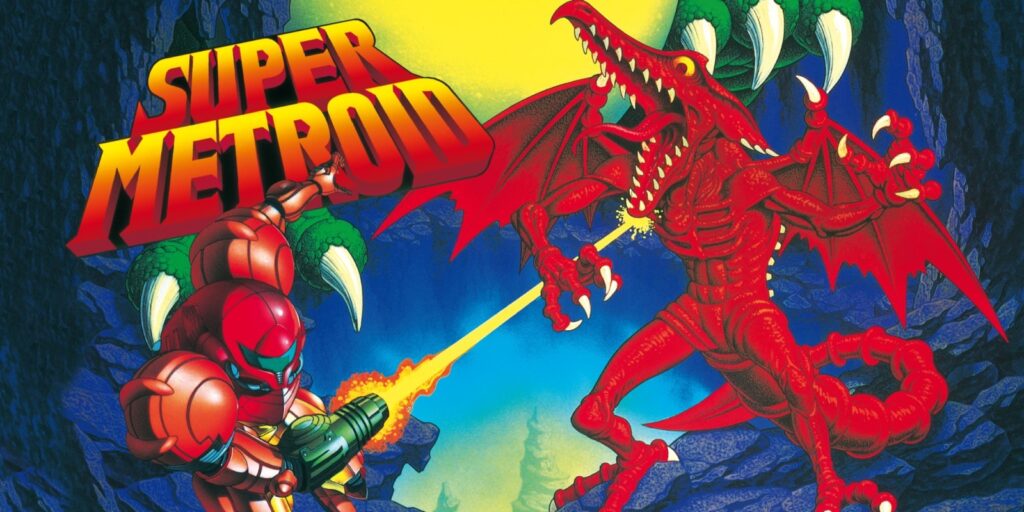
| Retro Inspiration | Modern Indie Example | Key Evolution |
|---|---|---|
| Super Metroid | Axiom Verge | Exploration meets modern lore and narrative depth |
| Castlevania | Bloodstained: Ritual of the Night | Classic structure with richer customization |
| Harvest Moon | Stardew Valley | Farming sim with emotional storytelling |
| Final Fantasy VI | Octopath Traveler | Turn-based RPG with cinematic flair |
| Zelda: A Link to the Past | Tunic | Adventure meets mystery-driven modern design |
By respecting the past while adding heart, indies transform nostalgia into something living.
Physical Aesthetics and Retro Presentation
Interestingly, many indie devs also mimic the physical presentation of old games.
Limited edition releases — complete with cartridges, manuals, and box art — pay tribute to the tactile joy of the past. As explored in Why Physical Media Still Matters for Retro Games, this return to tangible design shows how retro ideals still resonate emotionally.
Even digital interfaces follow retro cues: fake CRT filters, 4:3 aspect ratios, pixel fonts, and scanline overlays remind players of the hardware roots that shaped gaming identity.
Retro Philosophy in Modern Game Design
It’s not just the visuals — it’s the design philosophy that endures.
Retro games taught players through experimentation, not hand-holding. They were hard, but fair — rewarding persistence and curiosity.
Modern indies embrace that ethos. Celeste challenges players physically and emotionally, while Hades merges roguelike structure with storytelling loops that echo Gauntlet and Rogue.
These games trust the player’s intelligence — a hallmark of the retro experience that remains rare in big-budget titles.
Preservation Through Inspiration
Every indie game inspired by retro roots is, in a sense, a form of preservation.
Keeping old games alive isn’t only about archiving ROMs — it’s about ensuring their spirit continues.
By remixing old mechanics, reimagining forgotten genres, and referencing iconic visuals, indie developers carry the torch forward.
It’s not imitation — it’s evolution.
Community and Accessibility
The indie movement also mirrors retro gaming’s community-driven energy.
Early console players traded cartridges, shared cheat codes, and discussed secrets in schoolyards. Today’s indie fans form online communities, sharing fan art, mods, and even game code.
Indie developers often interact directly with their players, creating feedback loops similar to the local arcade culture of the past — tight-knit, personal, and passionate.
That’s why retro inspiration isn’t just an aesthetic — it’s a social structure.
The Emotional Legacy of Nostalgia
Retro-inspired indies don’t just imitate the past — they heal it.
For many players, they’re a bridge between childhood memories and adult appreciation. The familiar 8-bit sprites and chiptune melodies evoke a simpler time, but the mature storytelling reflects modern perspective.
It’s nostalgia evolved — not just remembering, but reinterpreting.
Games like Undertale use retro design to explore empathy and morality. Celeste uses old-school difficulty to discuss anxiety and self-doubt. These emotional depths prove that retro influence can transcend time.
Conclusion: The Past as a Palette for the Future
Retro games didn’t just shape the history of gaming — they continue to define its future.
Every pixelated platformer, every chiptune melody, every minimalist indie masterpiece owes a quiet debt to the past.
Retro games taught us that limitations create art, and indie developers carry that truth forward — blending nostalgia with innovation, simplicity with soul.
The next time you pick up an indie title that feels strangely familiar, remember: it’s not just old-school style — it’s a conversation across generations.
Retro gaming isn’t gone. It’s simply reborn, one indie hit at a time.
